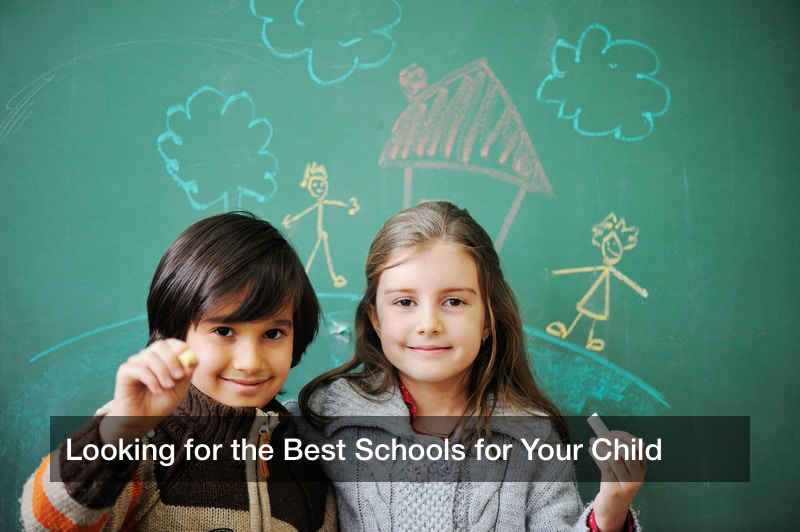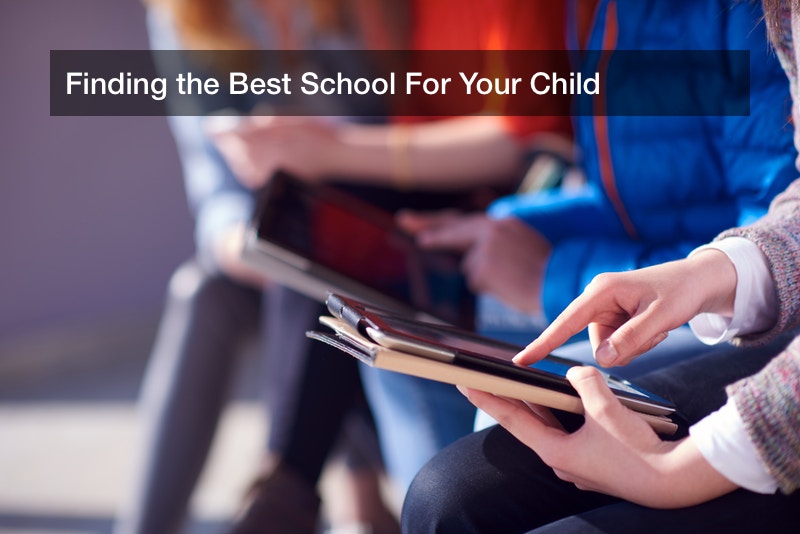
When you’re a parent, one of your most important responsibilities will be making sure your child has a good education. One growing trend in U.S. education is sending your children to international American schools. According to World-Schools, an international school operates independently of U.S. educational standards. The curriculum in these schools is based on English language instruction, but the class structure is the same in every country.
International schools in America offer a culture that allows students to choose their own educational path. These classes prepare students who plan to travel extensively or who intend to work for an internationally based company. According to World-Schools, international schools in the US allow students to be fluent in more than one language. Attending one of these schools will increase students’ options for multiple types of educational experiences.
As students at international schools reach the end of their studies, they may investigate opportunities to study at IB programs. According to IBO, an IBO diploma is designed for 16- to 19-year-olds who are ready to take charge of their own international educational path. The best IB schools follow a curriculum designed by the originating IB school in Geneva.
All parents are greatly invested in finding the best schools for their children, since a good education is the key to any child’s future success. This means that when a family moves to a new city or county, or when the child becomes old enough for preschool or kindergarten, the parents will look online to find the best private schools or public ones in the area. Finding private elementary schools, for example, can be done with a specific Internet search, or the parent might look for private or public middle schools. The best private education can really give a student an advantage, and this may last all the way through high school or even college. When it comes to finding private elementary schools, public ones, or a preschool, there’s a particular process to follow so that the parents find the correct school for their child. How might this work?
Looking for Preschools
It may be noted that while a preschool education is not mandatory in the United States, more parents than ever are sending their children aged three to five to preschools, whether public or private. From 1990 to 2000, households of all backgrounds started sending their children to preschool at a rapidly growing rate, and now, more than half of all small children attend pre-K programs. A preschool is more than a day care; it is an academic setting where young students learn how to learn, and they may meet their peers and get used to following directions from adults who are not their parents.
Finding good preschools means looking online, and the parents may specify their town or city name along with their ZIP code to keep the results local. The clients might also enter something such as “top rated” or “best” to find preschools with high ratings, and specify whether they want to find public or private schools in particular. Doing this will bring up a whole list of preschools of the desired type.
The parents may make a list of the best candidate schools, then tour them in person with their child. In this way, the family gets a fair impression of what each preschool is like, and the parents may look into the school’s funding levels and review the credentials of each teacher there (work experience, educational background, etc). Meanwhile, the parents should also check to be sure that their child feels comfortable there and gets along with the staff. If so, that may be a good sign. Overall, the family may repeat this process any number of times, and possibly visit some schools more than once, until they find the ideal preschool and enroll their child there.
Private Elementary Schools and Beyond
Meanwhile, a K-12 education is certainly mandatory, and when a child is ready for kindergarten or when the family moves to an new area, the time has come for a school search. As with a preschool search, the family will look online to find the best public or private elementary schools as needed, or look for middle schools or high schools. A list of local schools of the desired type may be compiled, and the family will tour those schools in person. The parents will consult the staff to review their credentials and look into what sort of programs and clubs the school offers, and the potential student may take part, too. That child may describe what sort of programs or clubs they want a school to have, and they may tell their parents later why they did or did not like a particular school.
What about public vs private elementary schools or middle schools? Public schools are federally funded, run, and owned, and they do not charge tuition but might vary widely on quality. Private schools are privately funded and run, hence the name, and tend to have strong funding and boast expert teachers and counselors on staff. This can lead to a top-tier education in exchange for yearly tuition, and private school teachers report much lower incidence rates of student apathy than public school teachers do. Private high schools also offer generous college counseling, and over 90% of private high school graduates go on to college, compared to around 48% of public high school graduates.

